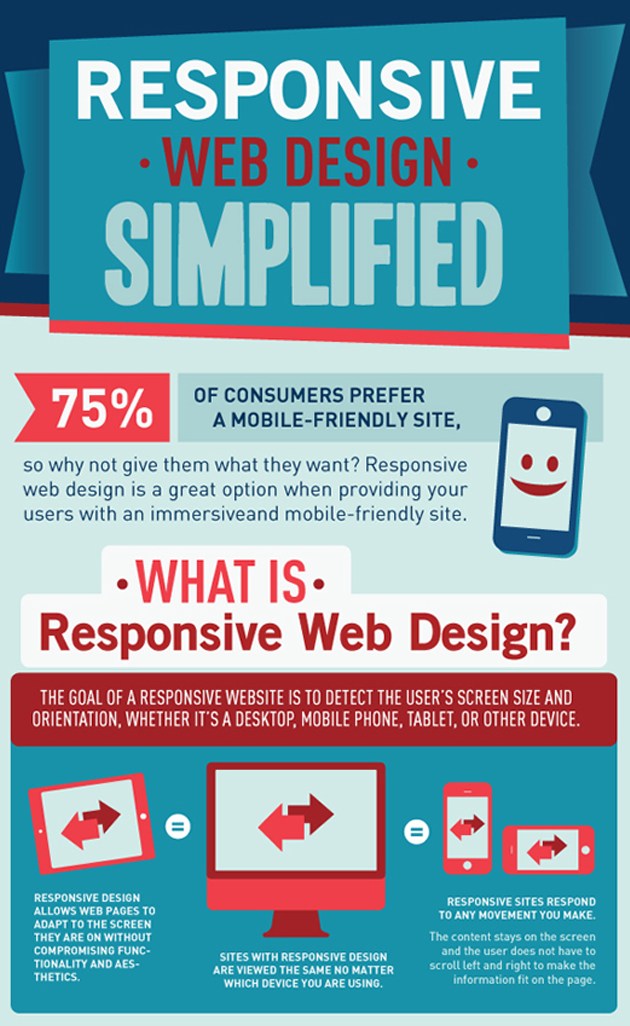Interested In Learning How Site Style Has Changed Over The Years? Check Out The Journey
Interested In Learning How Site Style Has Changed Over The Years? Check Out The Journey
Blog Article
Material Author-Thorsen Peters
In the past, sites were simple and focused on details. Navigation was straight, and style was for desktop computers. Now, user experience is crucial. Information overviews designs for easy navigating. Responsive layouts suit various tools. Today, dark setting minimizes strain, and minimalist menus improve navigating. Interactive attributes involve customers, and bold visuals stand apart. AI assimilation boosts interaction. See how https://yoast-seo-plugins51738.blogsidea.com/33120613/boost-customer-experience-on-your-web-site-by-applying-these-5-effective-techniques-to-battle-slow-loading-rates has actually evolved to boost your on-line journey.
Very Early Days of Website Design
In the very early days of website design, simpleness preponderated. Internet sites were standard, with minimal colors, font styles, and designs. The focus got on providing information rather than flashy visuals. Customers accessed the net through sluggish dial-up connections, so rate and performance were crucial.
Navigation food selections were straightforward, usually located at the top or side of the web page. Websites were created for computer, as mobile browsing wasn't yet common. Content was king, and designers focused on easy readability over complex style elements.
https://searchengineoptimizationd99876.webbuzzfeed.com/27486274/crafting-a-conversion-focused-internet-site-methods-for-increasing-sales-with-web-design was the main coding language utilized, and developers had to work within its restraints. Animations and interactive features were marginal contrasted to today's standards. seo optimisation cost were fixed, with little dynamic content or individualized customer experiences.
Increase of User-Focused Style
With the advancement of site layout, a shift towards user-focused style concepts has come to be significantly prominent. Today, producing web sites that focus on customer experience is vital for involving site visitors and achieving organization objectives. User-focused style entails comprehending the demands, choices, and actions of your target audience to customize the web site's format, material, and features accordingly.
Developers currently carry out detailed study, such as user studies and functionality testing, to collect insights and comments directly from individuals. This data-driven method aids in developing instinctive navigating, clear calls-to-action, and aesthetically enticing interfaces that reverberate with site visitors. By placing the individual at the facility of the layout procedure, sites can provide a more individualized and satisfying experience.
Receptive design has actually also become a crucial element of user-focused style, making sure that websites are enhanced for different gadgets and screen sizes. This flexibility improves access and use, satisfying the diverse means users engage with internet sites today. Essentially, the rise of user-focused design symbolizes a change in the direction of producing electronic experiences that prioritize the requirements and expectations of the end user.
Modern Trends in Web Design
Explore the current trends shaping website design today. One popular pattern is dark mode style, using a smooth and modern-day look while lowering eye strain in low-light environments. Another essential trend is minimal navigating, streamlining food selections and boosting customer experience by focusing on essential elements. Integrating micro-interactions, such as animated switches or scrolling results, can produce a much more engaging and interactive site. Receptive design remains crucial, making sure seamless individual experiences across different tools. Furthermore, using bold typography and asymmetrical formats can include visual rate of interest and draw attention to details content.
Integrating AI modern technology, like chatbots for customer assistance or tailored suggestions, enhances individual engagement and streamlines processes. Ease of access has also come to be a substantial pattern, with designers focusing on comprehensive style practices to cater to varied user requirements. Embracing sustainability by enhancing website efficiency for rate and performance is an additional emerging fad in website design. Collaborating with user comments and data analytics to repeat and improve layout continuously is crucial for staying pertinent in the ever-evolving digital landscape. By welcoming Recommended Website , you can develop an aesthetically appealing, user-friendly web site that reverberates with your target market.
Final thought
As you reflect on the advancement of web site layout from the very early days to now, you can see how user-focused design has ended up being the driving force behind contemporary patterns.
Accept the trip of modification and adaptation in website design, constantly keeping the user experience at the leading edge.
Remain existing with the current patterns and modern technologies, and never quit progressing your method to produce visually spectacular and user-friendly web sites.
Develop, adjust, and create - the future of website design is in your hands.
